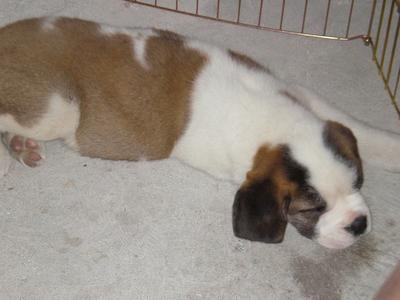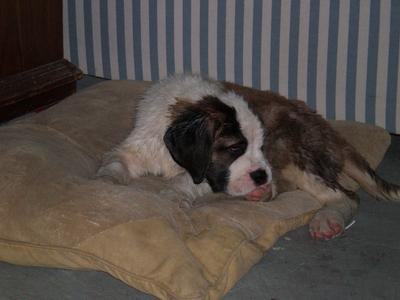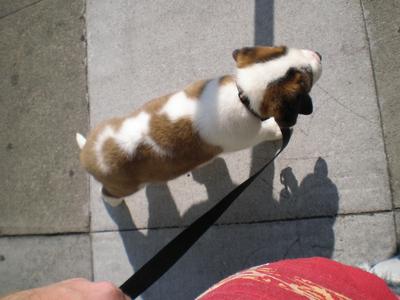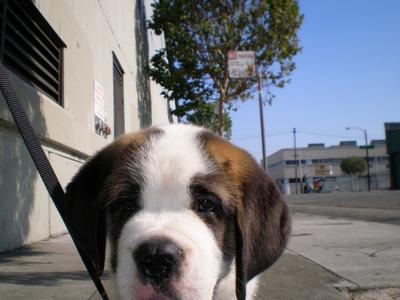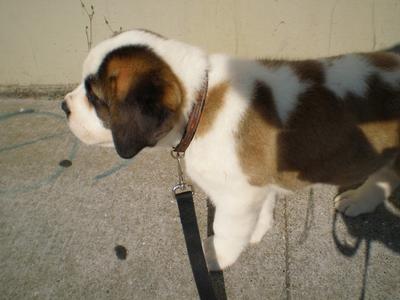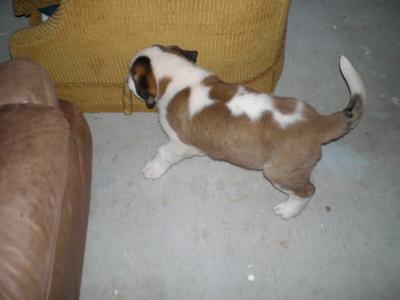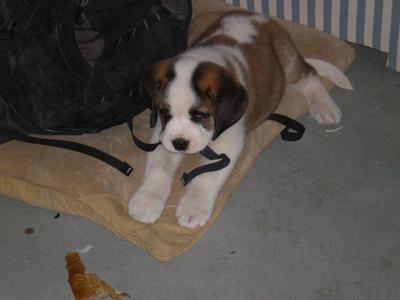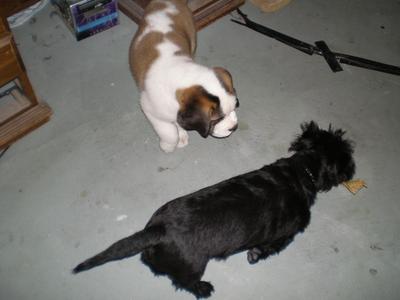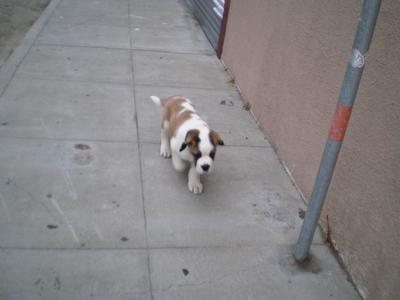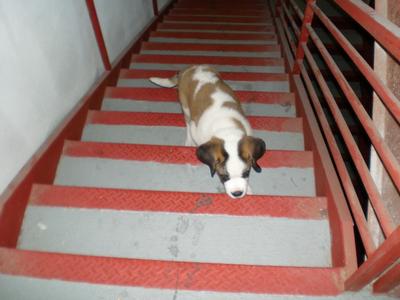Ironhide
Some number of weeks ago, having discovered Maraschino liqueur, I concocted a variation on my beloved Manhattan. I have been meaning to write up the recipe here for a while but had been stuck on coming up with a name; I needed a name befitting a strong whiskey cocktail with connections to myself and the color red. Having thought for quite a while and come up with a bunch of names that were already taken by other cocktails, I settled on naming the drink after the grizzled, old Autobot, Ironhide. So, without further ado:
Ironhide recipe
-
3 oz Bourbon whiskey
-
3/4 oz Maraschino
-
1/4 oz grenadine
-
2 dashes Angostura bitters
-
1 Maraschino cherry
Serve shaken or stirred with ice in a cocktail glass; garnish with the Maraschino cherry.
Notes
I have mostly been drinking these on the rocks, which is an acceptable but inferior variation. Being a Manhattan-like cocktail, up-high is really the correct way to serve an Ironhide.
Corn syrup based grenadine or "maraschino" cherries will ruin the flavors imparted by the bitters and Maraschino; you will make a better cocktail by skipping the grenadine and cherry than using cheap, fake ones.
